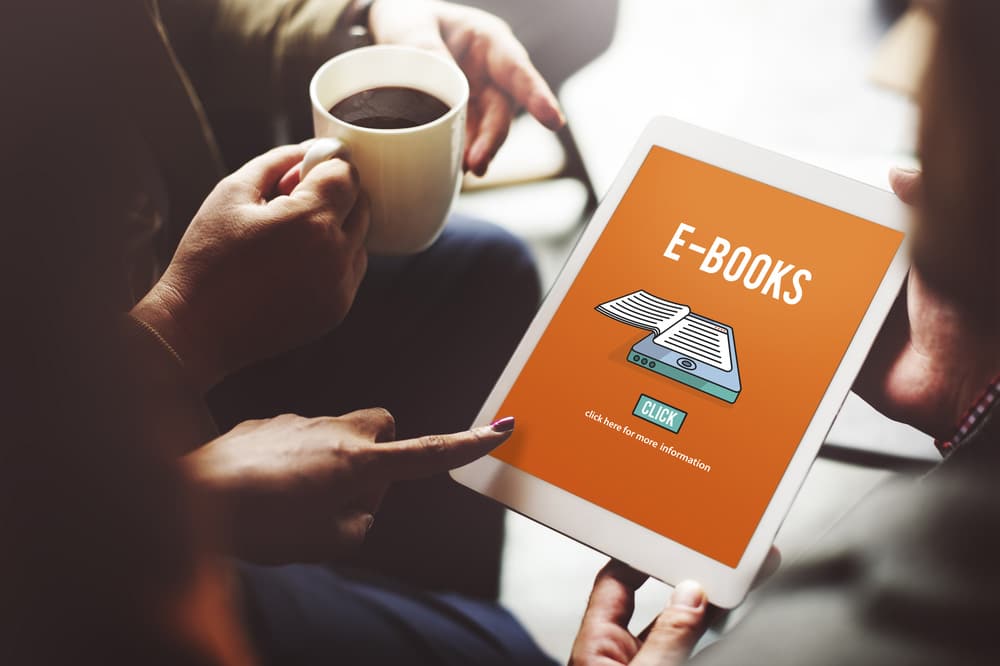Copyright thebreakingtimes

One Story Shared Across Decades Books have always been a bridge. From grandparents reading fairy tales aloud to toddlers gripping oversized picture books with sticky fingers, the act of reading connects generations. Now it just looks different. Instead of leather-bound tomes and dog-eared pages, glowing screens bring words to life with a single tap. Whether it’s a teenager reading manga on a phone or a retiree rediscovering Hemingway on a tablet, the experience has quietly evolved into something more communal than solitary. In this quiet revolution, e-books have found a unique role. They meet people where they are and travel well across time zones and generations. For independent readers Z lib is still a preferred option, making it easier for anyone to access what they want without jumping through hoops. And somewhere between an old-school library and a search engine lies something else—familiar yet upgraded. It’s the convenience without the clutter, and it turns out this matters to every age group. A Grandchild and a Grandpa Can Read the Same Page The best part about this shift is how reading habits overlap now more than ever. A grandparent can read “Charlotte’s Web” again while their grandchild discovers it for the first time on a school-assigned tablet. When reading tools adapt to different screens, font sizes, and formats, they become accessible to anyone with curiosity and a moment to spare. That shared experience sparks new kinds of conversations—ones that used to fade over time. The surprise is in how naturally it’s happening. Older adults who once hesitated with touchscreens now swipe confidently through nonfiction bestsellers. Younger generations who live online are still pulled toward longform storytelling even if it’s nestled inside an app. Somewhere in the mix, everyone starts speaking the same literary language. Why Families Keep Finding E-Books Worth Passing Around When people talk about tech, they often talk about speed, but with e-books, it’s more about access and connection. Reading doesn’t need to be fast—it needs to be there. From one device in a household to many readers across a family tree, the humble e-book keeps showing up when needed. It also has a habit of introducing readers to books they might not stumble upon otherwise. The open door is wide and welcoming. Before diving into what makes e-books a common ground, consider a few real-life perks worth noticing: Flexible Reading Without the Fuss E-books don’t ask for shelf space. Whether someone is on a crowded subway or tucked into bed, they can open a book in seconds. This freedom makes reading possible at odd hours in small places or while juggling other responsibilities. No need to haul around a hardcover when an entire library fits into a pocket. That kind of comfort encourages readers to try new genres or revisit old favorites without worrying about format or cost. Family-Friendly Features for All Ages Modern e-readers allow easy customization. A child can zoom into bold letters while an adult switches to night mode with just a tap. Some apps even include read-aloud features or translations—tools that help with language learning or bedtime stories. Families benefit from these simple touches because they lower the barrier to entry. It’s not about who reads better but about finding a way that fits the moment. Discovery That Spans Generations E-book platforms recommend titles across time periods. One search can suggest a new mystery novel to a teen and an old war memoir to a parent. These hidden gems often come from algorithms tuned to surprise. It’s where unexpected overlap begins and shared interests emerge naturally. This discovery goes beyond scrolling. It’s about connecting through stories that speak to different lives but echo with the same truths. That blend of familiarity and flexibility matters more than ever. And while the shift may feel quiet, it’s reshaping how people relate to books and to each other. Families bond not just over dinner tables now but over annotations left in a shared digital copy of “To Kill a Mockingbird.” Reading Is Still a Personal Ritual—and a Shared One Too Some still prefer turning physical pages, and there’s something lovely about that. But for many, the click of an e-book opens more than a file. It opens a line between generations who might not otherwise sit down with the same text. Shared libraries sync across devices. Grandparents pick up where grandkids left off. Readers trace each other’s highlights and add a few notes of their own. Quietly, they stay connected in ways that feel both old and new. And somewhere amid all this change, there’s still a place for timeless references. One of the most detailed overviews of modern e-libraries can be found on Wikipedia, offering a look behind the curtain of access. Not flash,y not loud but steady—just like the best stories. New Chapters Are Always Being Written Books haven’t disappeared. They’ve just changed clothes. And readers of every age have adapted more than anyone expected. The truth is, people still crave good stories. They still seek characters to root for and endings that make sense of things. E-books offer all of that without getting in the way. They’re not a trend. They’re a thread—a quiet line that continues to tie generations together one chapter at a time.



